Which Toyota Rav4 to Avoid
The Toyota RAV4 has secured its spot as one of the most popular SUVs in America, renowned for its safety features, impressive gas mileage, and reliability. As a result, there is a large market for both new and used RAV4 models. However, just like any vehicle, not every year and model is created equal. If you’re considering purchasing a used RAV4, it’s essential to know which Toyota RAV4 to avoid. This article delves into the specific years and models that have garnered negative attention for various issues, providing potential buyers with the information they need to make informed decisions.
Understanding the Popularity of the Toyota RAV4
Before we dive into the years you should avoid, it’s worth exploring why the RAV4 has gained such a loyal following. Toyota’s commitment to safety is one significant factor. The RAV4 consistently ranks high in safety tests, making it a preferred choice for families and individuals alike. Additionally, its fuel efficiency makes it an economical choice for daily commuting and long trips.
However, as with any vehicle, there are specific models and years that have associated reliability concerns. Understanding these concerns can save you from potential headaches, financial burdens, and safety issues later. Let’s explore the RAV4 models that have been reported to have significant problems.
RAV4 Models and Years to Avoid
1. 2019 and 2020 Toyota RAV4 Models
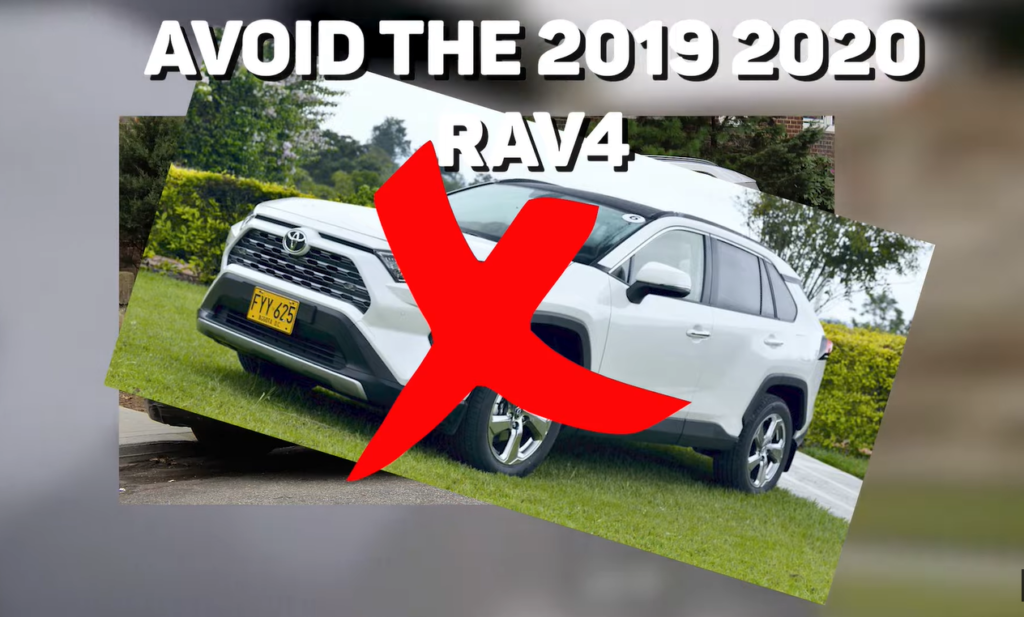
Starting with the most recent years, the 2019 and 2020 RAV4 models stand out as problematic. Despite the redesign meant to give the RAV4 a rugged, truck-like aesthetic, these years experienced numerous issues that have been heavily documented. Consumer Reports issued a concerning reliability rating of 2 out of 5 stars for these models, which was their worst rating in history.
Common complaints included:
- Fuel system failures: Owners reported significant problems with the fuel system, leading to costly repairs.
- Rattling noises: Many drivers experienced multiple squeaks and rattles coming from the vehicle’s body.
- Acceleration issues: The most alarming complaint involved the vehicle hesitating and then lurching forward at low speeds. This could pose serious safety concerns.
To add to these issues, the 2019 and 2020 models have faced 13 recalls combined. While recalls can indicate that manufacturers are willing to rectify problems, the sheer number makes these models less than ideal for potential buyers. Thus, if you are considering a used RAV4, avoiding the 2019 and 2020 models is wise.
2. 2013 Toyota RAV4 Model
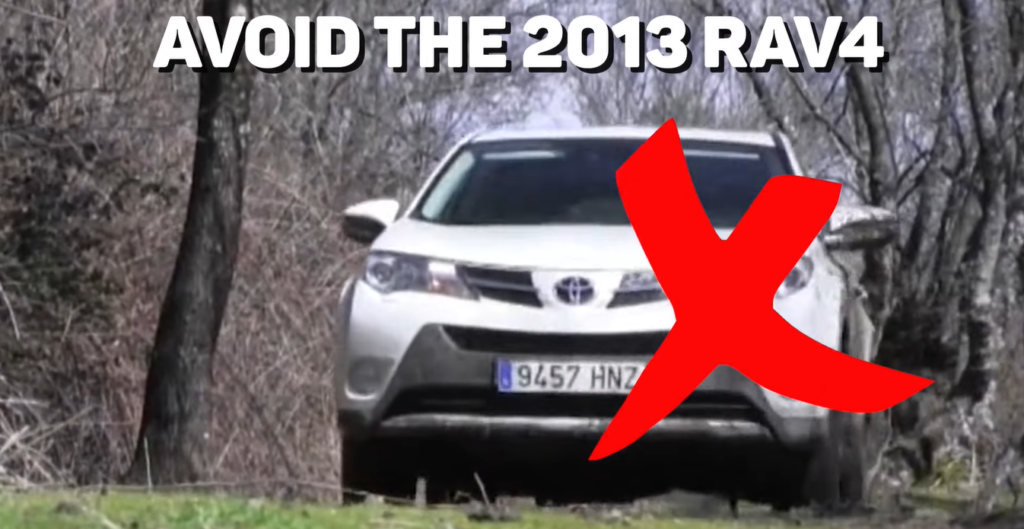
Though the 2013 RAV4 received a stellar 5 out of 5 for reliability from Consumer Reports, it is notable for having the highest number of owner complaints in the past 15 years. Issues reported by drivers included:
- Inability to view the navigation screen in daylight.
- Peeling paint and rusting on the vehicle body.
- A concerning shuddering while driving at speeds between 20 to 50 mph.
These problems may not seem severe, but they can lead to extensive repair costs and frustration for owners. Therefore, it’s advisable to avoid the 2013 RAV4 if you want a hassle-free ownership experience.
3. 2006 to 2008 Toyota RAV4 Models
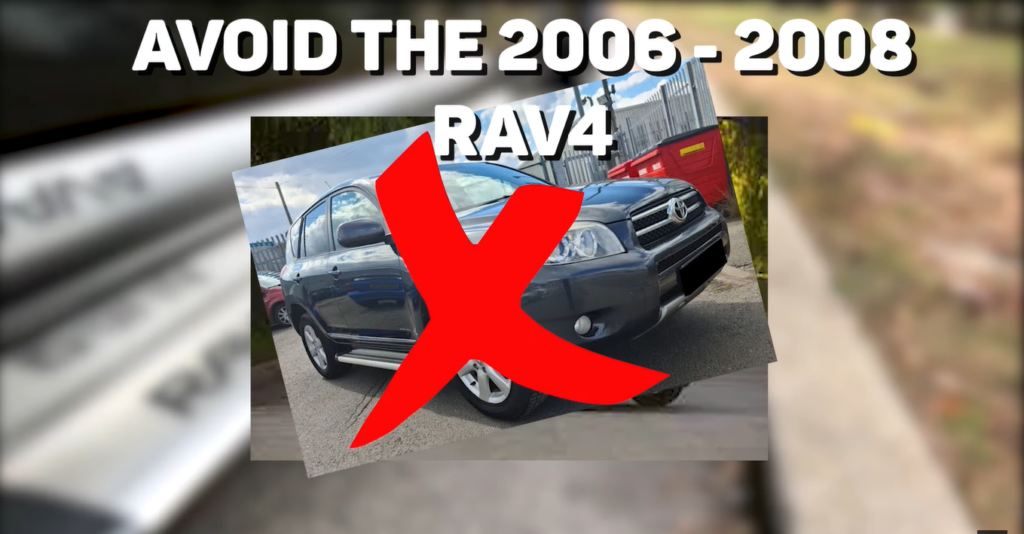
The 2006 to 2008 model years are notorious for their poor reliability ratings. After a redesign, these models didn’t perform as well as expected, garnering numerous complaints from owners. Issues included:
- Loud clunking noises while steering.
- Faulty oxygen sensors, which can affect vehicle performance.
- Excessive oil consumption after reaching 60,000 miles.
The latter point is particularly significant; many owners filed a class-action lawsuit against Toyota due to defective engines during these years. If you’re considering a used RAV4 from these years, you should definitely avoid the models from 2006 to 2008 to bypass these costly engine issues.
4. 2001 to 2003 Toyota RAV4 Models
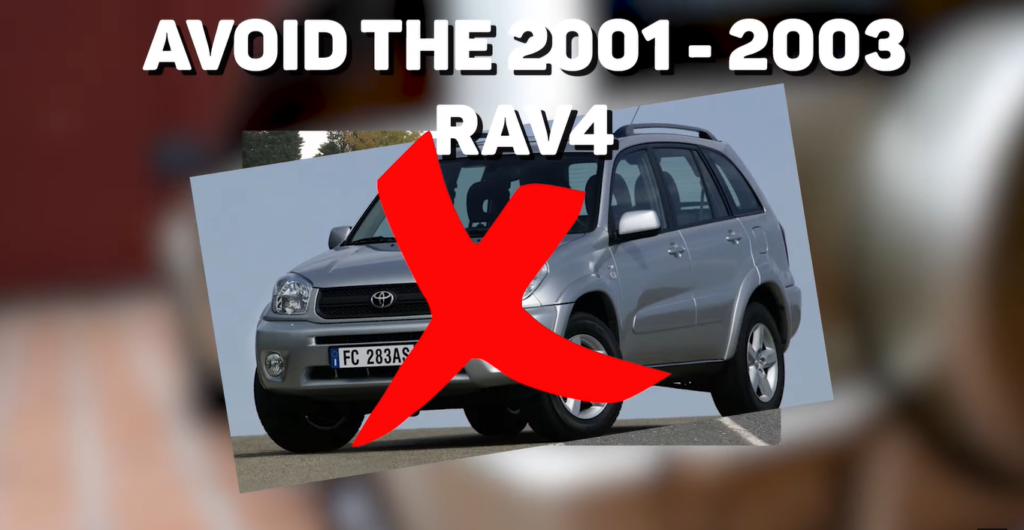
The early 2000 models, specifically from 2001 to 2003, also present significant challenges. Buyers should be cautious when considering these models due to the numerous complaints received. The 2002 model was particularly problematic, receiving the highest number of owner complaints in the entire RAV4 history. Common issues involved:
- Automatic transmission problems, where gear slipping led to costly repairs.
- Many owners faced bills upwards of $4,000 for transmission replacements.
Due to these significant transmission issues, Toyota extended the warranty on the automatic transmission from 60,000 miles to 150,000 miles and offered reimbursement to those who incurred costs for transmission replacements. If you come across a RAV4 from these years, it’s best to avoid the 2001 to 2003 models unless you can confirm that the transmission has been addressed adequately.
Why Choosing the Right Year Matters
Purchasing a used vehicle can be a gamble, particularly if you’re unaware of its potential pitfalls. Knowing which Toyota RAV4 to avoid can help you save money and ensure a smoother driving experience. Issues in earlier models can not only lead to unexpected expenses but can also affect the vehicle’s overall performance and safety.
The Importance of Research
When venturing into the used car market, conducting thorough research is crucial. Look into the specific year and model you’re interested in and check reliability ratings, owner complaints, and recall information. Resources like Consumer Reports, online forums, and vehicle history reports can provide insight.
Consider reaching out to existing or past owners through online forums or local car clubs. Their firsthand experiences can offer invaluable perspectives regarding longevity and reliability.
FAQs
What should I do if I own a problematic RAV4 model?
If you own a model that falls into the avoid category, consider having a trusted mechanic evaluate your vehicle. Regular maintenance can sometimes mitigate issues, and addressing problems early can save money down the line.
Are there any Toyota RAV4 models that are highly recommended?
Yes, models like the 2012 RAV4 are often praised for their reliability and performance, as well as the 2021 model, which has generally received positive feedback following the problematic years.
How can I find out if a specific used RAV4 has had any recalls?
You can check the National Highway Traffic Safety Administration’s (NHTSA) website. Enter the vehicle identification number (VIN) to see any active recalls and whether they’ve been addressed.
Is it wise to buy a RAV4 with a history of a recall?
It depends on the model and the extent of the recalled issues. If the recall has been adequately addressed, it may still be a good option. However, always check that repairs have been made before purchasing.
Conclusion
Purchasing a used SUV can be a rewarding experience, particularly when considering a popular choice like the Toyota RAV4. However, it is vital to exercise caution and knowledge when deciding which model to buy. By being aware of which Toyota RAV4 to avoid, you can steer clear of common issues, ensuring a more enjoyable and reliable driving experience.
Investing time in research and considering owner feedback will serve you well in the long run. Whether it’s the stylish new design or the remarkable reliability that draws you to the RAV4, knowing the problematic years will help you make a smarter choice, ultimately leading to satisfaction with your vehicle for years to come. Happy car hunting!

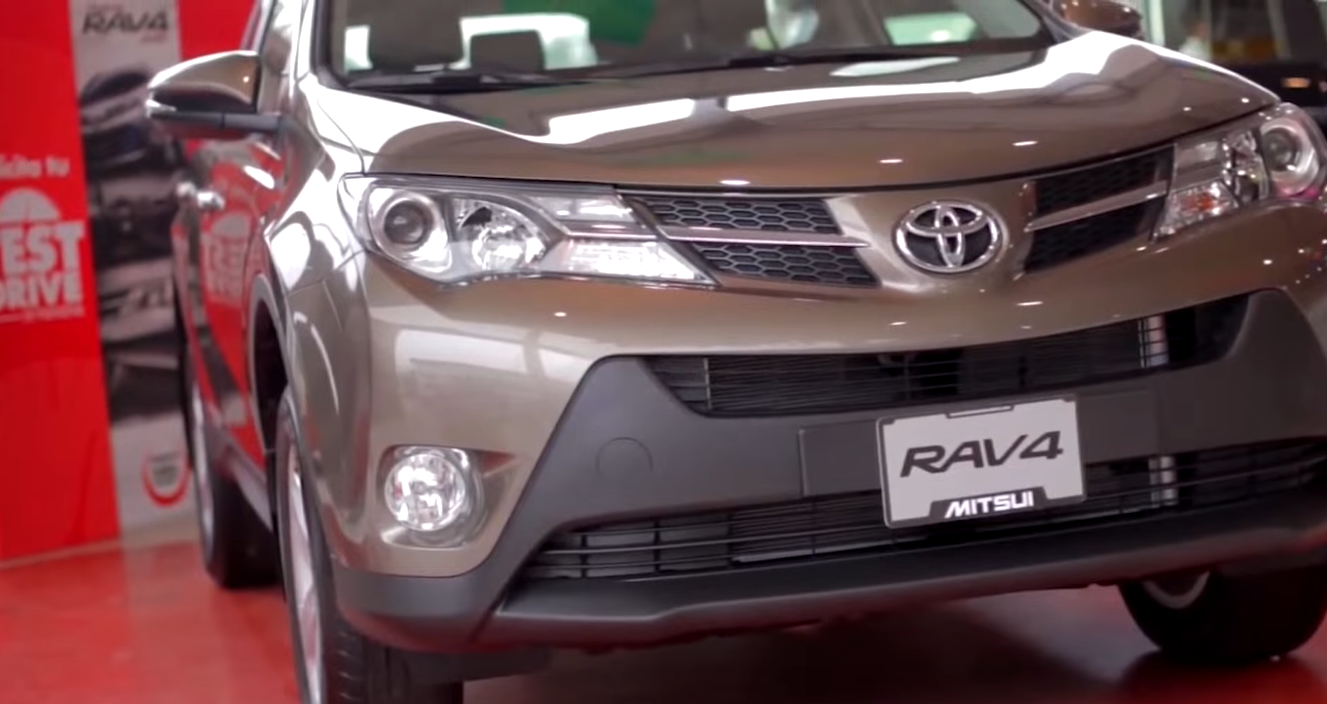
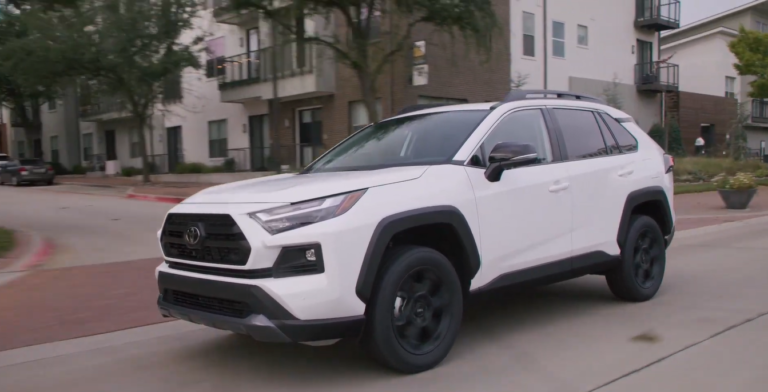
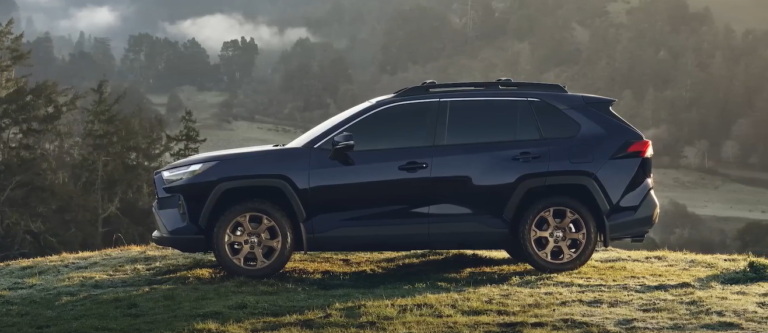
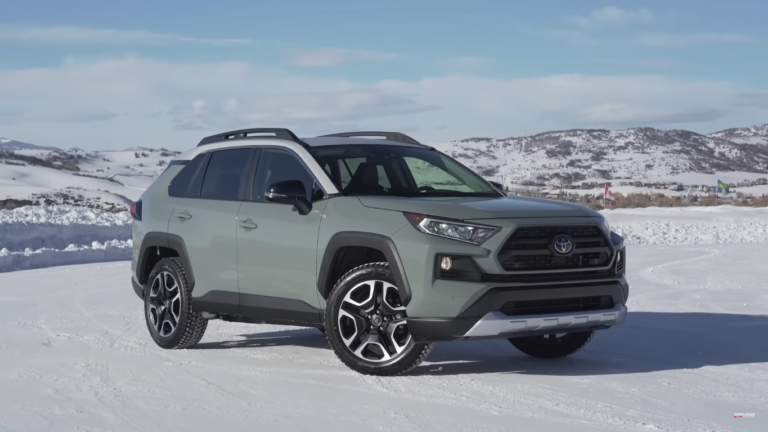
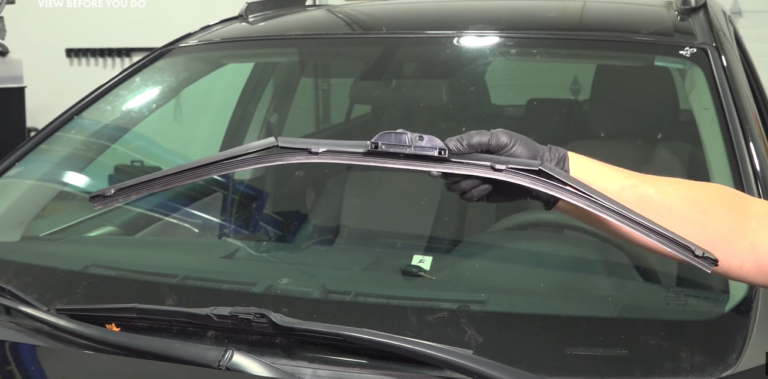
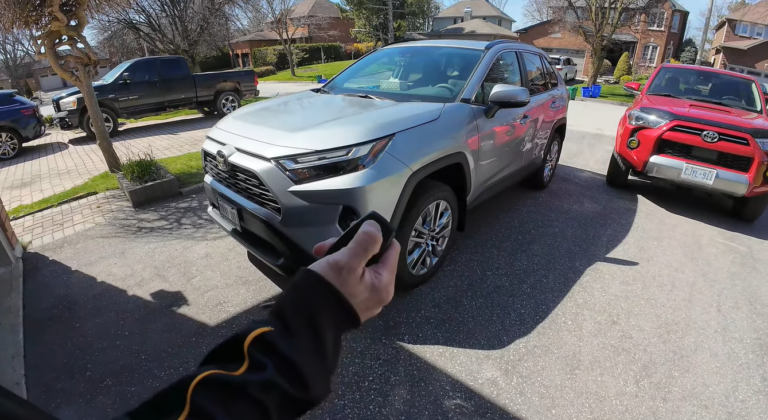
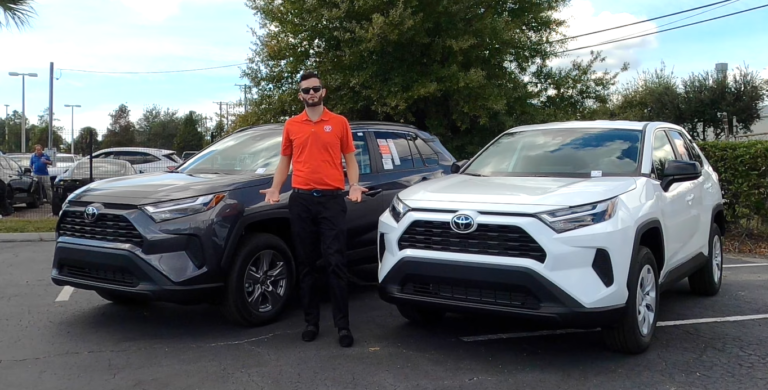
2 Comments